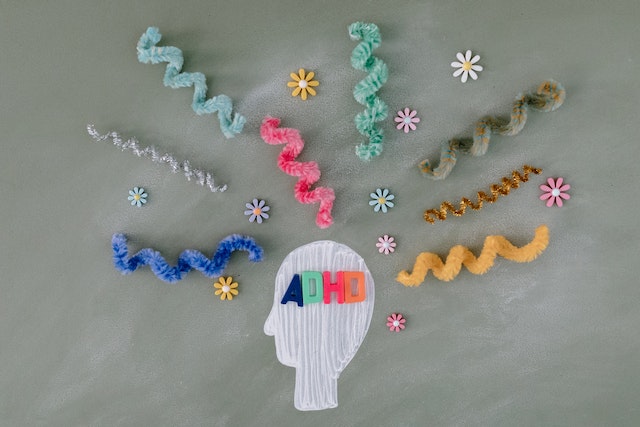Attention deficit hyperactivity disorder (ADHD) is a severe behavioral disorder defined by symptoms of hyperactivity, inattentiveness, and impulsivity at varying levels. ADHD generally occurs in childhood. In fact, it is one of the most common conditions occurring in children. Around 11% of children in the US aged between 4-17 have ADHD. This means that roughly 6.4 million children are going through the disorder. However, that being said, ADHD can also occur in adults.
ADHD has a broad spectrum, depending on the severity of symptoms in different individuals. Therefore, it does not look the same for everyone. There are three different ADHD subtypes that are classified on the basis of symptoms exhibited by patients. Let’s dive deeper into what these ADHD subtypes mean and how they can be differentiated from one another.

ADHD Subtypes
1. ADHD, inattentive and distractive type
This ADHD subtype is primarily characterized by symptoms of inattentiveness and distractedness. The individual might also suffer from signs of hyperactivity. However, they are not the defining traits of inattentive type ADHD. This type of ADHD is more commonly found in adults and women, as per research by The Primary Care Companion.
People with inattentive type ADHD generally:
- miss obvious details and are easily distracted,
- face trouble concentrating on a task,
- get bored easily,
- lose pens, erasers, and other items easily,
- do not seem to listen to others,
- move slowly and appear to be daydreaming,
- have trouble following instructions, and
- process information slower than others.
Read more: 7 ADHD Fidget Toys To Boost Productivity In The Workplace
2. ADHD, impulsive/hyperactive type
As per John Hopkins University, this is the least common type of ADHD subtype. It is characterized by the symptoms of impulsiveness and hyperactivity. This type of ADHD is much more recognizable and often diagnosed in children and adults.
People with impulsive type ADHD generally:
- fidget, squirm, and feel restless,
- find it difficult to stay or sit still,
- have trouble engaging in quiet activities,
- talk continuously,
- behave impatiently,
- act out of their turn and not fear the consequences of their actions, and
- blurt out inappropriate comments or answers.
3. ADHD, combined type
Having combined type ADHD means having symptoms that don’t fall exclusively in inattentive or impulsive type ADHD. In this type, the individual shows a combination of the other two ADHD subtypes.
A diagnosis of combined type ADHD requires a child to have six or more symptoms of both inattentive type and impulsive type ADHD. Individuals who are 17 years or older need five symptoms or more in order to be diagnosed with combined type ADHD.
Read more: Asperger’s Vs. ADHD: What Are The Similarities And Differences?
Why it matters to know different ADHD Subtypes
Knowledge is the truest form of power. That means the more you know about what ADHD is and its subtypes, the more effectively you can help yourself or your loved ones. This eventually means that you will also be able to find proper resources and treatments that can help.
Knowing what type of ADHD you have means you will be able to distinguish between ADHD symptoms and traits that are a part of your personality. People often struggle with some type of ADHD yet spend years thinking it is a part of their personality. Understanding ADHD and its subtypes keeps you informed and directs you to find proactive solutions.
Conclusion:
Most children diagnosed with ADHD eventually recover and no longer have significant active symptoms by age 20. However, ADHD can stretch into a lifelong condition for a lot of people without problem treatment and resources. Early detection and the right professional help are keys to proper recovery for patients with ADHD.
Therapy is a potent tool to fight ADHD among individuals. Access to therapy has become easier with the advent of online therapy platforms. To find out about the most affordable and convenient online therapy platforms, click here.
To continue learning about mental health, subscribe to Your Mental Health Pal.

